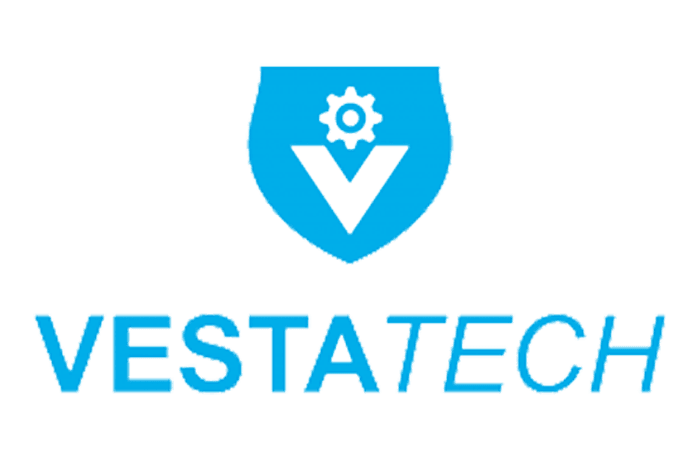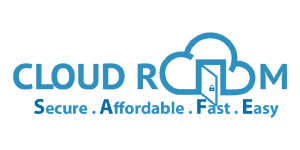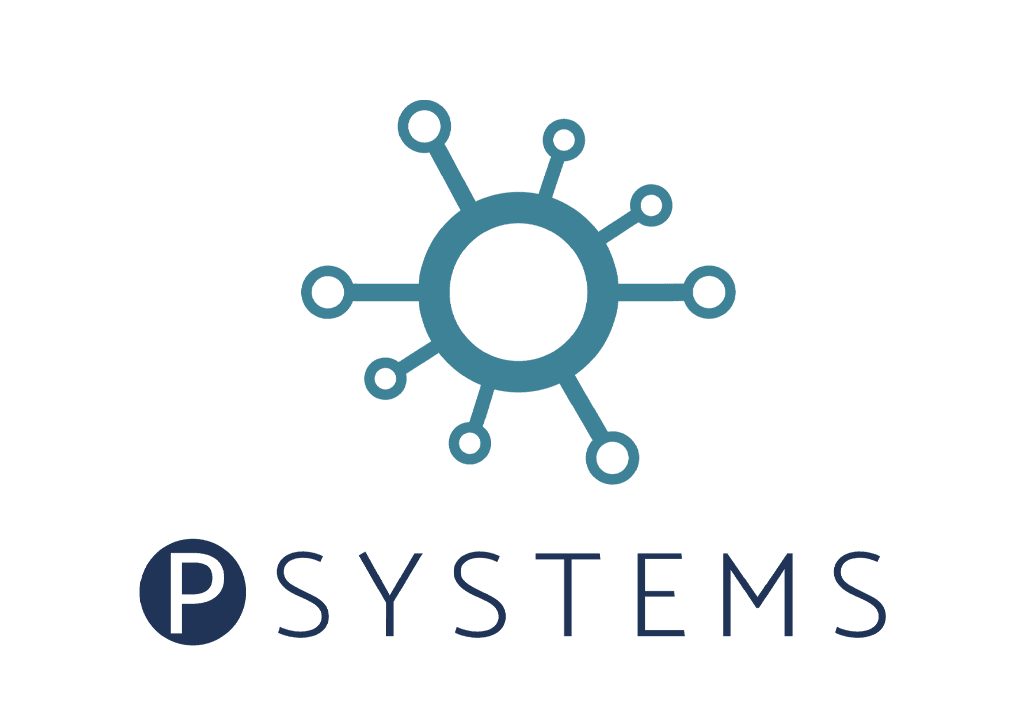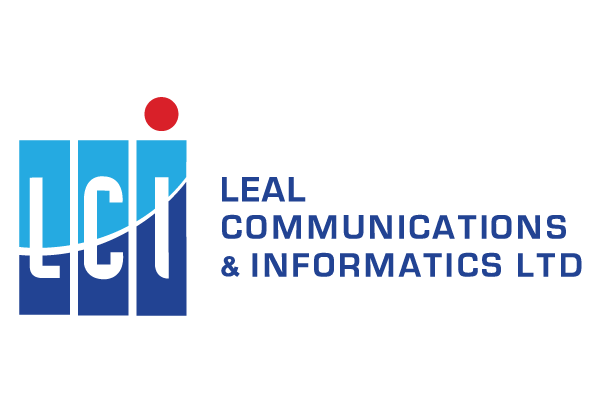We often encounter businesses grappling with the decision between cloud services and managed IT solutions. Understanding what are cloud services and managed IT services is crucial for making informed choices about your technology infrastructure.
In this post, we’ll break down the key differences between these two approaches, exploring their unique characteristics, benefits, and potential drawbacks. By the end, you’ll have a clear picture of which option might be the best fit for your organization’s needs and goals.
What Are Cloud Services?
The Foundation of Modern Computing
Cloud services represent a paradigm shift in how businesses access and utilize computing resources. These services provide on-demand access to a shared pool of configurable computing resources (e.g., networks, servers, storage, applications, and services) over the internet. This model eliminates the need for organizations to maintain their own physical infrastructure, allowing them to tap into powerful computing capabilities without significant upfront investments.
The Three Pillars of Cloud Services
Cloud services typically fall into three main categories:
- Infrastructure as a Service (IaaS)
- Platform as a Service (PaaS)
- Software as a Service (SaaS)
Infrastructure as a Service (IaaS)
IaaS provides virtualized computing resources over the internet. This includes essential compute, storage, and networking resources on demand. Amazon Web Services (AWS) EC2 is a prime example of IaaS, offering scalable compute capacity in the cloud.
Platform as a Service (PaaS)
PaaS delivers a platform that allows customers to develop, run, and manage applications without the complexity of maintaining the underlying infrastructure. Google App Engine is a notable PaaS offering, enabling developers to build scalable web applications and backend services.
Software as a Service (SaaS)
SaaS delivers software applications over the internet, on a subscription basis. Salesforce, a popular customer relationship management (CRM) tool, exemplifies SaaS by providing full-fledged software solutions accessible via web browsers.
Tangible Benefits for Businesses
Cloud services offer numerous advantages for businesses of all sizes. A report by Flexera indicates that 92% of enterprises have adopted a multi-cloud strategy, underscoring the widespread acceptance of cloud services.
Cost-Efficiency
One of the primary benefits is cost-efficiency. Cloud services operate on a pay-as-you-go model, allowing businesses to avoid large capital expenditures on hardware and software. This can lead to significant savings, with some companies reporting up to 30% reduction in IT spending after moving to the cloud.
Scalability and Flexibility
Cloud services allow businesses to quickly scale resources up or down based on demand. This flexibility is particularly valuable for companies with fluctuating workloads or seasonal peaks.
Enhanced Collaboration and Productivity
Cloud-based tools enable teams to access and work on shared documents from anywhere, at any time. Communications and collaboration technology can lead to higher productivity for remote workers.
Robust Security Measures
Security is a top priority for cloud service providers. They invest heavily in state-of-the-art security measures that many individual businesses couldn’t afford on their own. For instance, AWS (a major cloud provider) employs over 300 security controls to protect customer data.
Innovation Catalyst
Cloud services facilitate innovation by providing access to cutting-edge technologies like artificial intelligence and machine learning. This allows businesses to experiment and innovate without significant upfront investments.
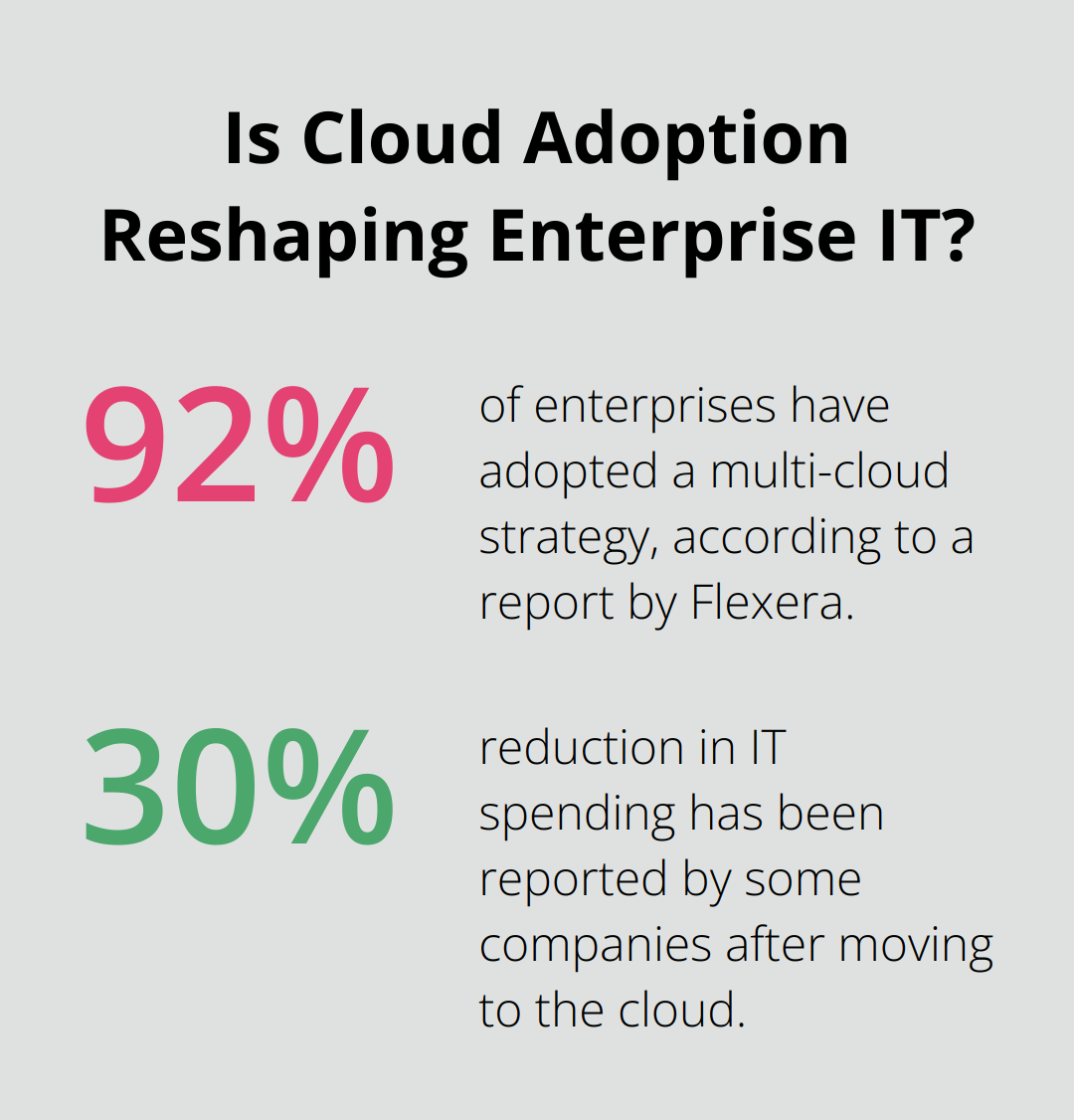
As we transition to exploring managed IT services, it’s important to note that while cloud services offer numerous benefits, they represent just one approach to modern IT infrastructure. Managed IT services provide a different set of advantages that may be more suitable for certain business needs and objectives.
What Are Managed IT Services?
The Comprehensive IT Solution
Managed IT services offer a complete approach to outsourcing IT operations. These services transform businesses by providing expert support and management for their entire IT infrastructure.
The Expanding Scope of Managed IT
Managed IT services encompass a wide range of IT functions, from network monitoring and cybersecurity to cloud management and help desk support. The managed services market is expected to grow from USD 275.5 billion in 2023 to USD 372.6 billion by 2028. This growth reflects the increasing reliance of businesses on external IT expertise.
Key Managed IT Service Offerings
Typical managed IT services include:
- Network Management and Monitoring: 24/7 oversight of network performance and security.
- Cybersecurity: Implementation and management of firewalls, antivirus software, and intrusion detection systems.
- Cloud Services Management: Assistance with cloud migration, optimization, and ongoing management.
- Data Backup and Recovery: Regular data backups and disaster recovery planning.
- Help Desk Support: Technical support for employees, often available round-the-clock.
- Software Updates and Patch Management: Ensuring all systems are up-to-date and secure.
The Cost-Effective IT Solution
One of the primary benefits of managed IT services is cost-effectiveness. According to CompTIA, half of organizations have saved between 1 percent and 24 percent in IT costs annually on what they have moved to an MSP-managed environment. This reduction stems from eliminating the need for a large in-house IT team and benefiting from economies of scale that managed service providers can offer.
Access to Broad Expertise
Managed IT services provide access to a broader pool of expertise. Instead of relying on a small in-house team, businesses can tap into the collective knowledge of IT professionals specializing in various areas. This is particularly valuable for small to medium-sized businesses that may not have the resources to maintain a diverse IT staff.
Enhanced Security and Compliance
Another significant advantage is improved security and compliance. Managed service providers are often better equipped to handle the ever-evolving landscape of cybersecurity threats. They can implement robust security measures and ensure compliance with industry regulations.
Scalability and Flexibility
Scalability is another key benefit of managed IT services. As businesses grow or experience seasonal fluctuations, managed IT services can quickly adjust to changing needs. This flexibility allows businesses to remain agile and responsive to market demands without the overhead of maintaining excess IT capacity.
Focus on Core Business Activities
Lastly, managed IT services free up internal resources to focus on core business activities. Instead of getting bogged down in IT issues, teams can concentrate on innovation and growth.
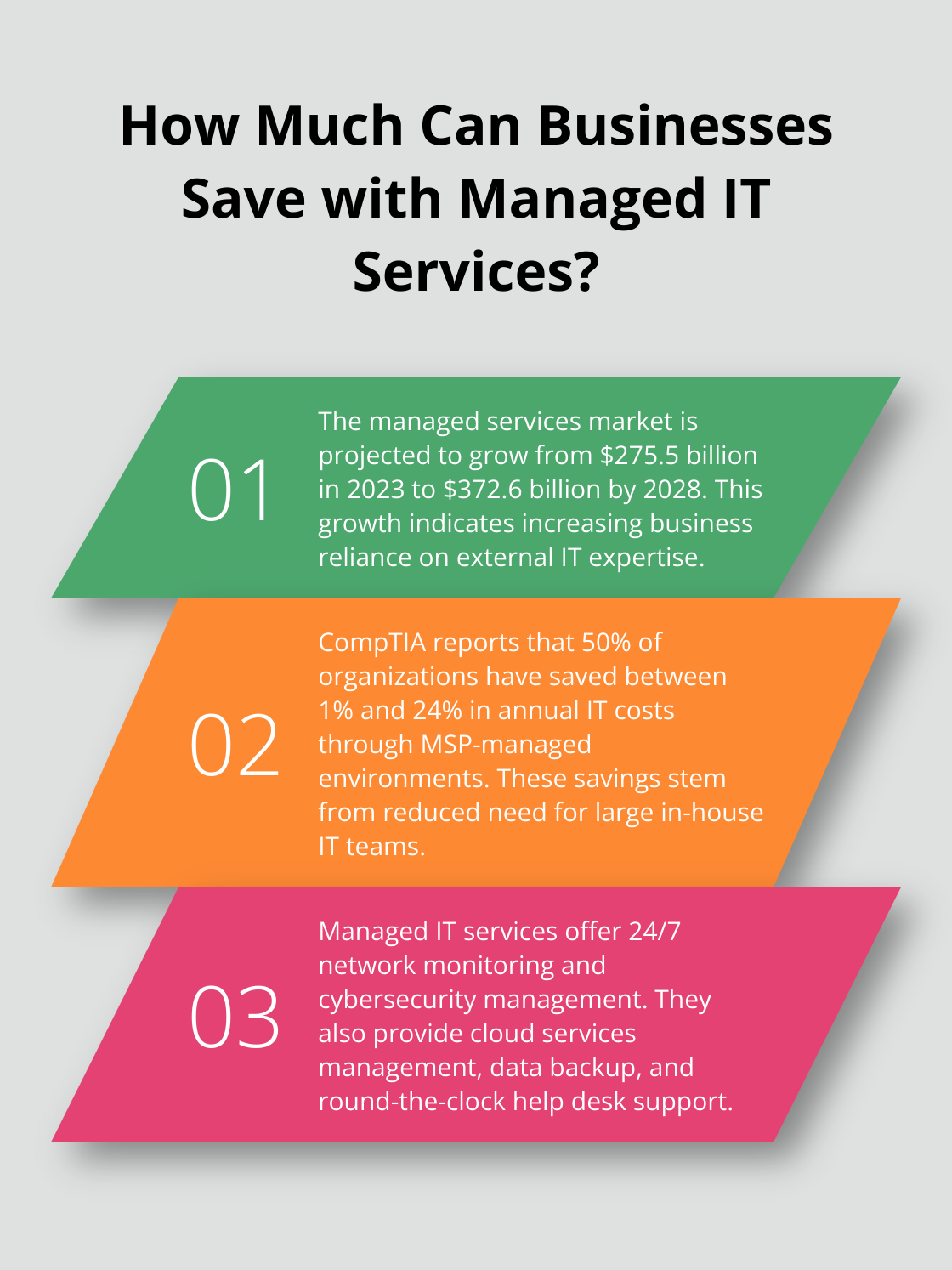
While cloud services offer powerful tools and infrastructure, managed IT services provide a more holistic approach to IT management. They can complement cloud services or stand alone as a comprehensive IT solution. The next section will explore the key differences between cloud services and managed IT, helping you determine which option (or combination) might best suit your organization’s needs.
How Do Cloud Services and Managed IT Differ?
Service Delivery and Scope
Cloud services and managed IT services differ significantly in their approach and scope. Cloud services provide specific resources or applications over the internet. For example, Amazon Web Services (AWS) offers a range of cloud computing services that businesses can use on-demand. Managed IT services, however, take a more comprehensive approach. A managed service provider (MSP) handles a wide array of IT functions, from network management to cybersecurity.
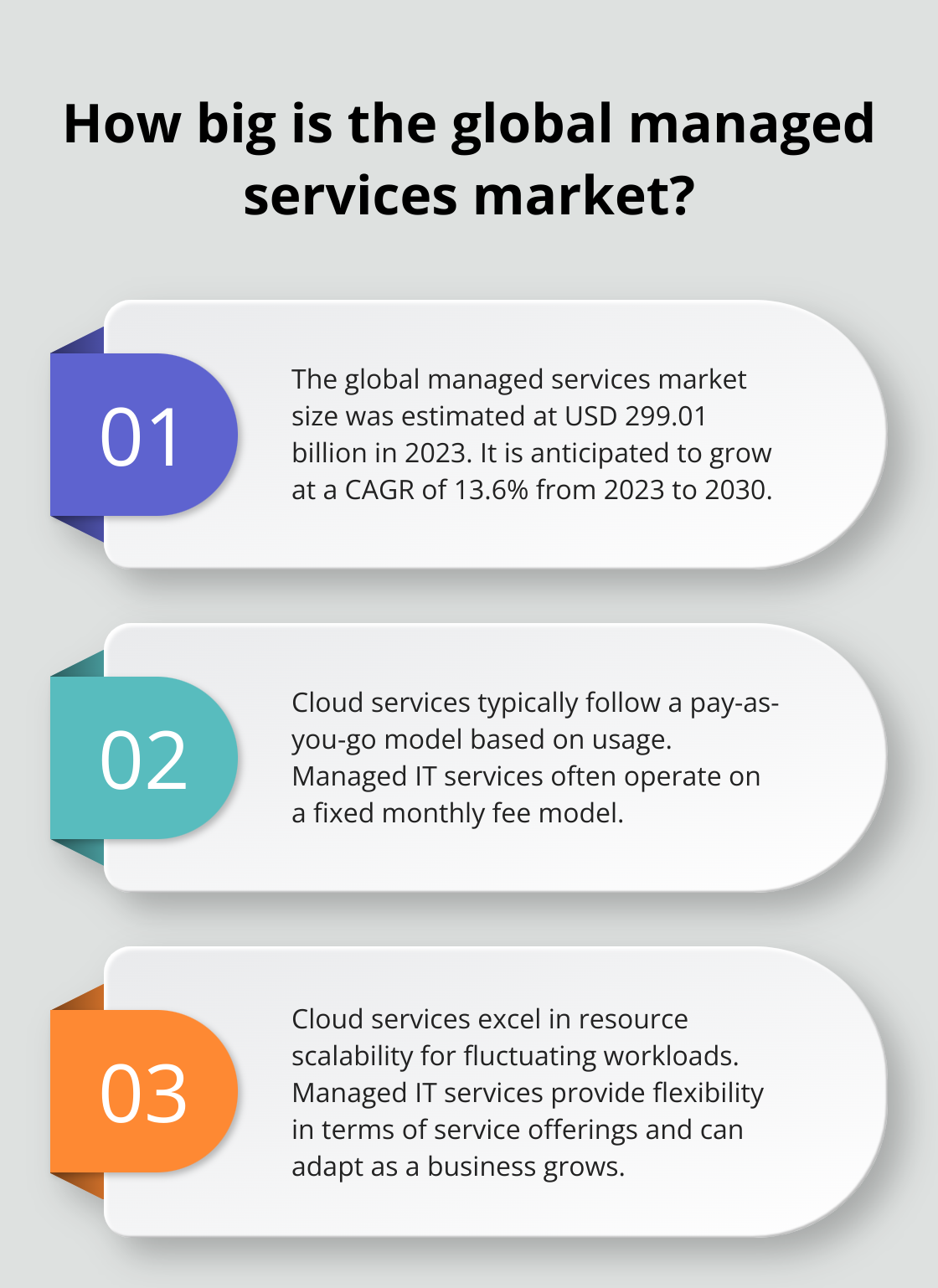
The scope of responsibilities also varies greatly. With cloud services, the provider maintains the underlying infrastructure, but the customer often configures and manages the services they use. Managed IT services take on a broader set of responsibilities. They not only manage the infrastructure but also provide strategic IT guidance, proactive maintenance, and end-user support.
Customization and Integration
Cloud services typically offer standardized solutions that businesses can scale up or down. While this provides flexibility in terms of resource allocation, it may limit customization options. Many businesses combine different cloud services to meet their specific needs.
Managed IT services offer a higher degree of customization. They can tailor their offerings to fit the unique requirements of each business. This customization extends to integration with existing infrastructure. MSPs work closely with businesses to ensure seamless integration of new technologies with legacy systems, a factor many organizations consider important.
Cost Structures and ROI
The pricing models for cloud services and managed IT services differ significantly. Cloud services typically follow a pay-as-you-go model, where businesses pay based on their usage. This can lead to cost savings, especially for businesses with fluctuating needs. However, it can also result in unexpected costs if usage isn’t carefully monitored.
Managed IT services often operate on a fixed monthly fee model. While this may seem more expensive upfront, it can lead to significant cost savings in the long run.
Moreover, the return on investment (ROI) for managed IT services often extends beyond direct cost savings. By freeing up internal resources and providing access to specialized expertise, managed IT services can drive innovation and improve overall business performance. The global managed services market size was estimated at USD 299.01 billion in 2023 and is anticipated to grow at a CAGR of 13.6% from 2023 to 2030, reflecting the increasing recognition of their value.
Security and Compliance
Cloud services and managed IT services approach security and compliance differently. Cloud providers implement robust security measures but often leave the responsibility of configuring and managing security settings to the customer. This can lead to vulnerabilities if not properly managed.
Managed IT services, on the other hand, take a more proactive approach to security. They implement comprehensive security measures, monitor for threats, and ensure compliance with industry regulations. This can be particularly beneficial for businesses in highly regulated industries or those without in-house security expertise.
Flexibility and Scalability
Both cloud services and managed IT services offer flexibility, but in different ways. Cloud services excel in resource scalability, allowing businesses to quickly adjust their computing resources based on demand. This can be particularly useful for businesses with fluctuating workloads or seasonal peaks.
Managed IT services provide flexibility in terms of service offerings. They can adapt their services as a business grows or its needs change. This can include scaling up support during busy periods or adding new services as technology evolves.
Final Thoughts
Cloud services and managed IT solutions offer distinct advantages for businesses aiming to enhance their technology infrastructure. Cloud services provide scalable computing resources on-demand, while managed IT services offer comprehensive IT management and expert support. The choice between these options depends on factors such as desired control, customization needs, budget, and internal IT capabilities.
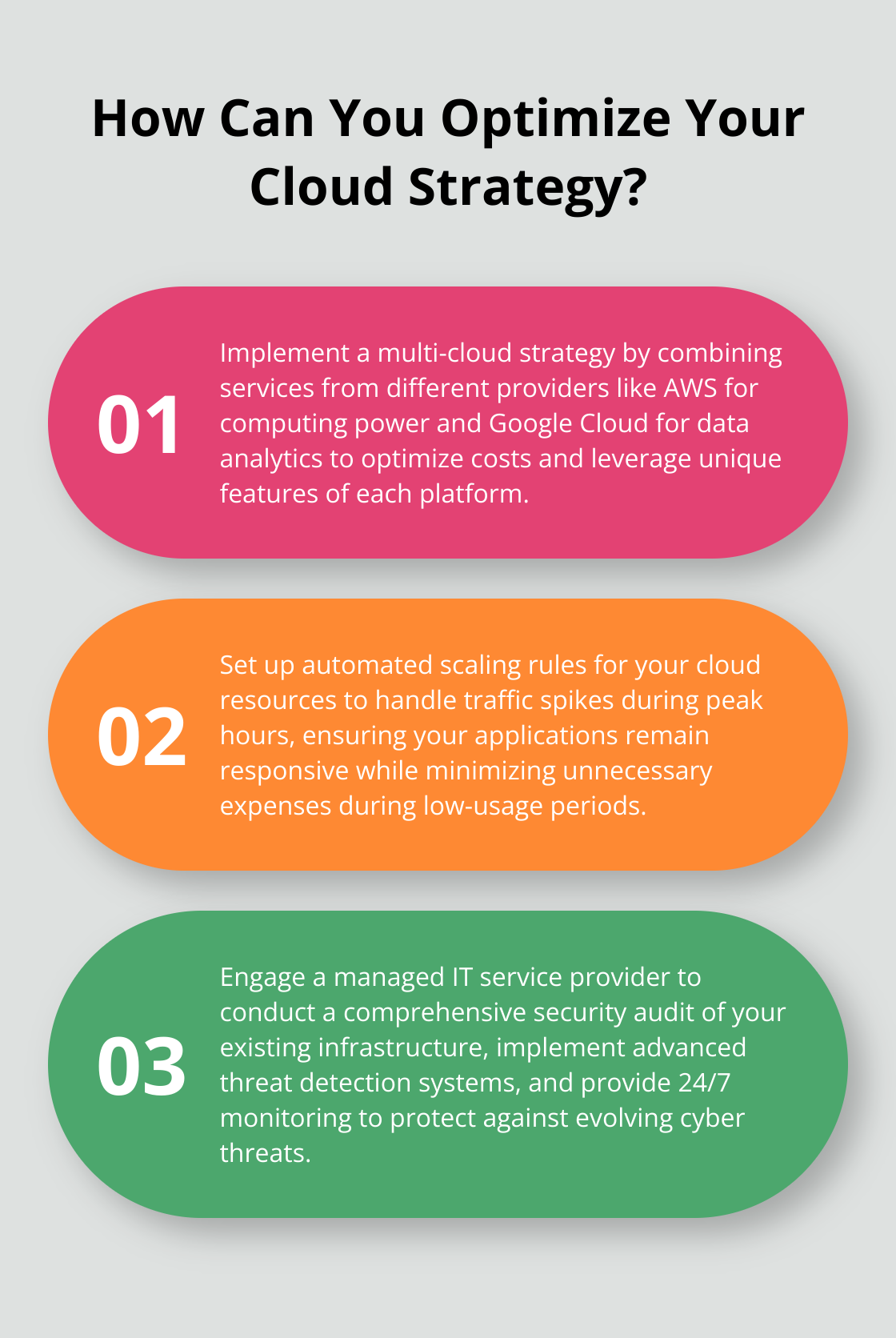
Many businesses find success with hybrid approaches that combine elements of both cloud services and managed IT. This strategy allows organizations to benefit from the scalability of cloud services and the comprehensive support of managed IT providers. Understanding what are cloud services and managed IT services will help you make informed decisions about your technology infrastructure.
We offer advanced cloud computing solutions that prioritize data privacy, security, and efficiency. Our services (including Sovereign Cloud and Edge Private Cloud) can be tailored to meet specific needs, whether you seek pure cloud services or a more managed approach.





